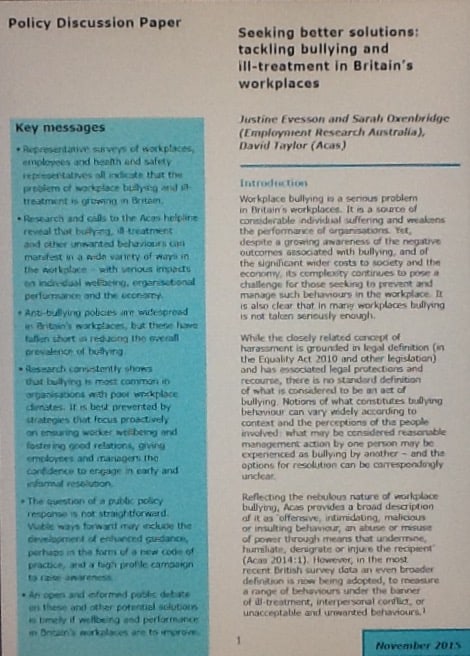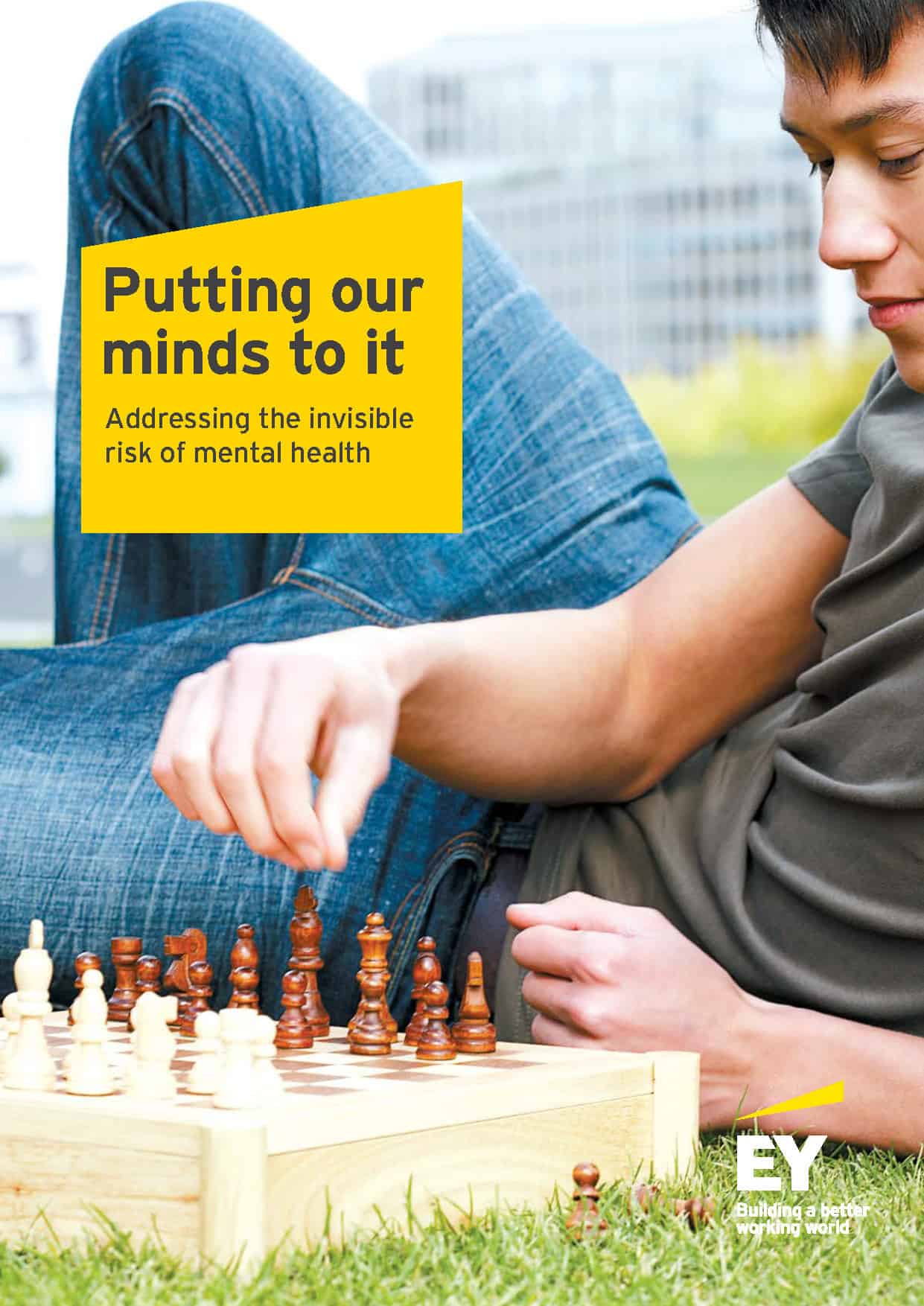![]() An article from the January 2016 edition of the Journal of Occupational & Environmental Medicine (JOEM) has been gaining some attention through social media networks. The article, Tracking the Market Performance of Companies That Integrate a Culture of Health and Safety: An Assessment of Corporate Health Achievement Award Applicants, is being interpreted as evidence that health and safety programs lead to “superior market performance”. Yes and No, but mostly No. Continue reading “Health program impact on corporate share price is overstated”
An article from the January 2016 edition of the Journal of Occupational & Environmental Medicine (JOEM) has been gaining some attention through social media networks. The article, Tracking the Market Performance of Companies That Integrate a Culture of Health and Safety: An Assessment of Corporate Health Achievement Award Applicants, is being interpreted as evidence that health and safety programs lead to “superior market performance”. Yes and No, but mostly No. Continue reading “Health program impact on corporate share price is overstated”
Category: safety culture
Can OHS achieve change in a neoliberal world?
The operation of the European Union is a mystery to everyone outside the EU and to most people in the EU. Any organisation that juggles the legislation of over 20 countries has a thankless task but some of the work being undertaken by occupational health and safety (OHS) advocates provides a clarity on power relationships between employers and workers. I never tire of reading articles and editorials by Laurent Vogel of the European Trade Union Institute. Below is an excerpt from his editorial in the Autumn-Winter 2015 edition of HesaMag: Continue reading “Can OHS achieve change in a neoliberal world?”
Achievement requires safety
 LinkedIn and other social media often includes “inspirational” posters and memes. They are eye-catching and often funny but they can also be thin and simple. This simplicity can reinforce thoughts that may work against being safe. The image on the right is an example.
LinkedIn and other social media often includes “inspirational” posters and memes. They are eye-catching and often funny but they can also be thin and simple. This simplicity can reinforce thoughts that may work against being safe. The image on the right is an example.
Look back at the OHS books of 2015
All professionals need to keep up with contemporary thinking and not only in their own discipline. Below is a list of the books that I have read and reviewed in 2015. This is followed by a list of the books still in my reading pile that I will get round to soon.
Books I have written about this year:
Workplace Bullying by Joseph Catanzariti and Keryl Egan
Job Quality in Australia edited by Angela Knox and Chris Warhurst
Master Work Health and Safety Guide 2nd Edition, CCH Wolter Klouwers
Ten Pathways to Death and Disaster – Learning from Fatal Incidents in Mines and Other High Hazard Workplaces by Michael Quinlan
Nightmare Pipeline Failures: Fantasy Planning, Black Swans and Integrity Management by Jan Hayes and Andrew Hopkins
Safe Design and Construction of Machinery – Regulation, Practice and Performance by Elizabeth Bluff Continue reading “Look back at the OHS books of 2015”
Workplace bullying book tries new psychology approach
New workplace bullying report raises awareness in UK
 Recently workplace bullying gained increased attention in the United Kingdom due to media report about a discussion paper released by Advisory, Conciliation and Arbitration Service (Acas).
Recently workplace bullying gained increased attention in the United Kingdom due to media report about a discussion paper released by Advisory, Conciliation and Arbitration Service (Acas).
The report called “Seeking better solutions: tackling bullying and ill-treatment in Britain’s workplaces” is a very good summary of thinking on workplace bullying that acknowledges the Australian experience but seems to indicate that Britain remains in the early stages of tacking the workplace bullying situation after a series of false starts on the issue.
SafetyAtWorkBlog posed some questions about this paper to Dr
Another mental health player joins the discussion
 Recently, Ernst Young released a discussion paper about the risks of mental health in the workplace.
Recently, Ernst Young released a discussion paper about the risks of mental health in the workplace.
Mental health is a very popular topic at the moment and there are thousands of service providers in this sector. During the recent National Mental Health Week,
